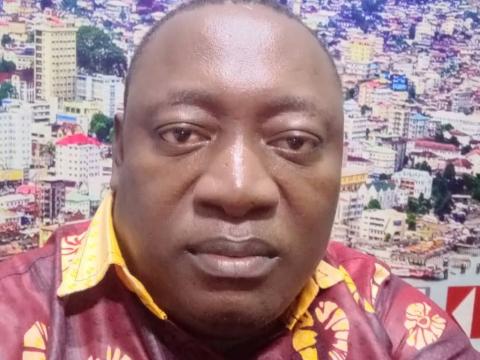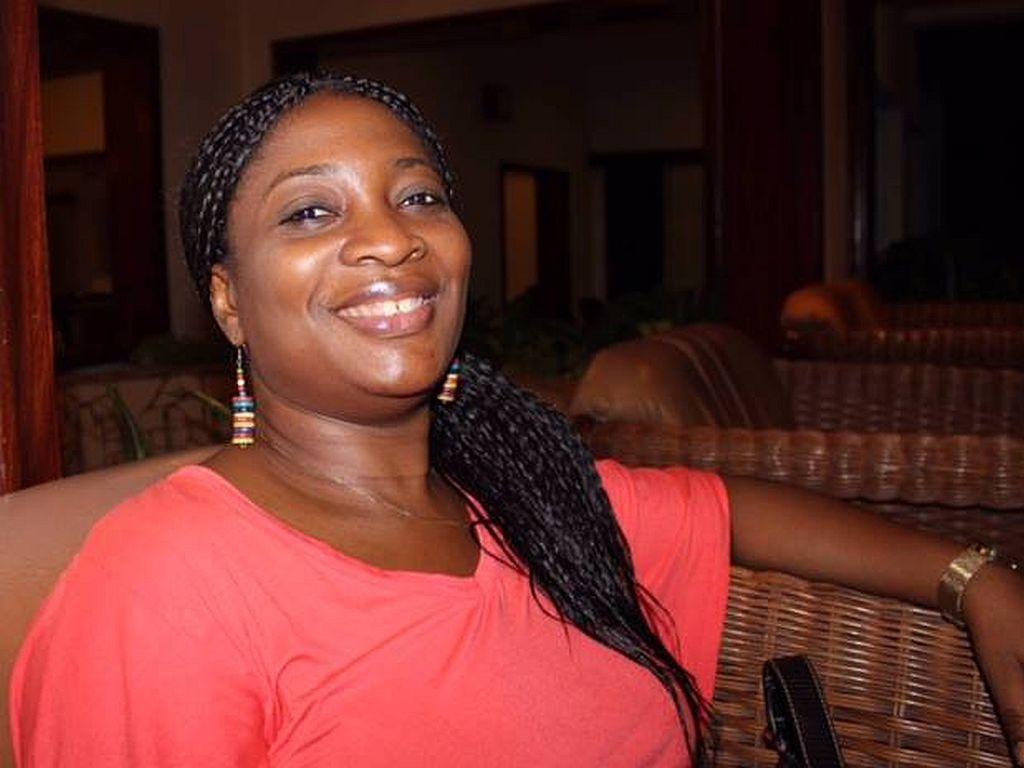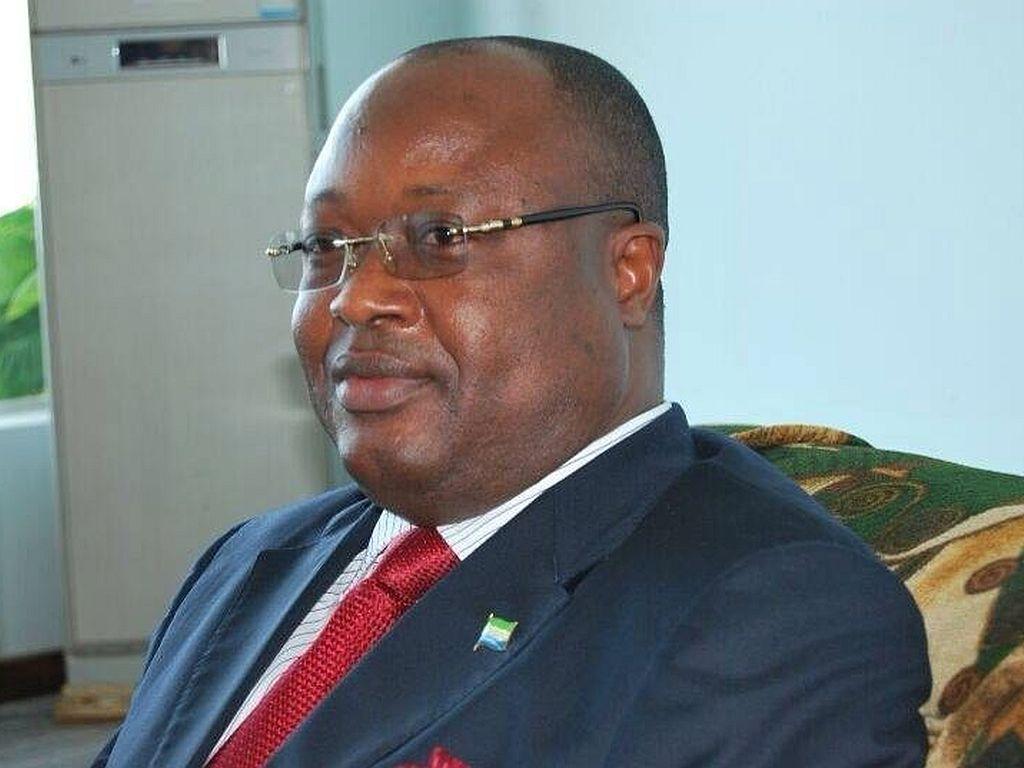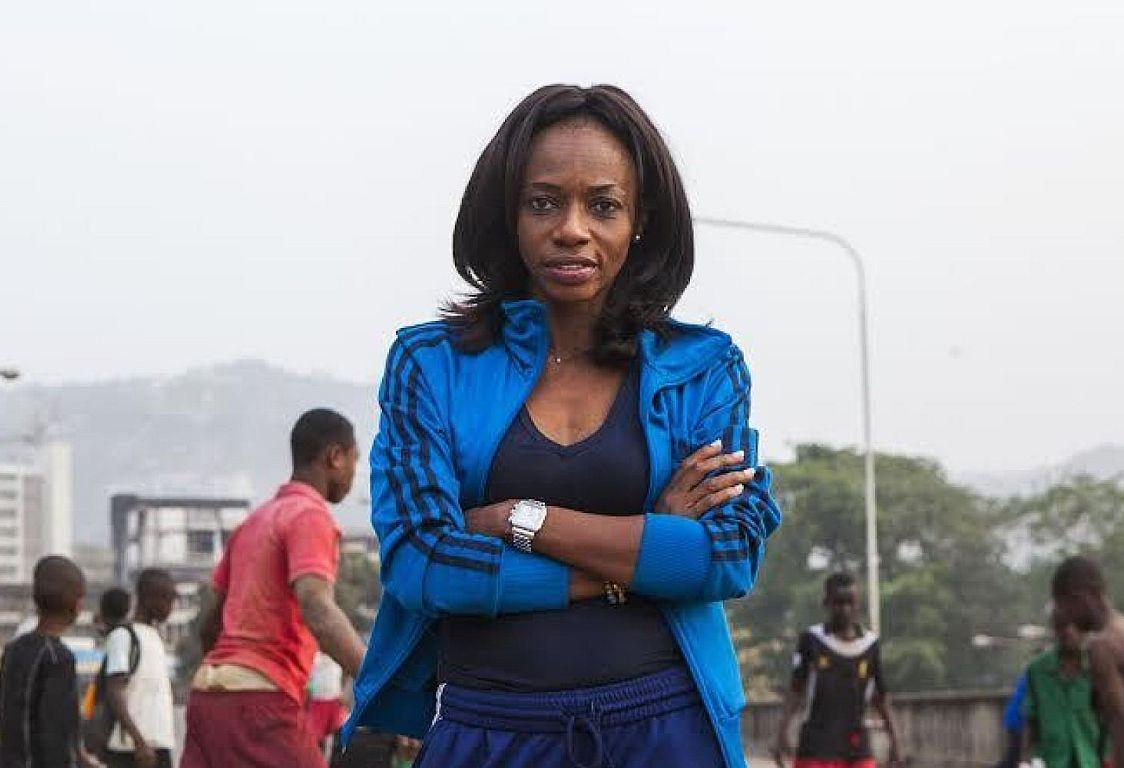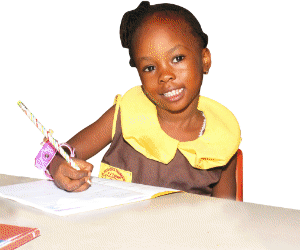By Abu Bakarr Tarawally (Policy Analyst, Budget Advocacy Network)
It is nine years, since world leaders met in New York, September 2015, during the United Nations General Assembly (UNGA), to adopt the 17 Sustainable Development Goals. These goals have 169 targets as part of a progressive agenda for sustainable development as they replaced the Millennium Development Goals. Until 2030, it remains 7 more years, for the 193 member states to attain all the listed basic human rights which are: no poverty; zero hunger; Good health and well-being; quality education; gender equality; clean water and sanitation; decent work and economic growth; industry innovation and infrastructure; reduced inequalities; sustainable cities and communities; responsible consumption and production; climate action; life underwater; life on land; peace justice and strong institutions; and partnerships for the goals.
SD Goal 5
With specific reference to goal 5, it mandates every country within the framework of the United Nations to achieve gender equality and empower all women and girls. When this theme was developed the United Nations argued that “Gender bias undermines our social fabric and devalues everyone.” The submission was that humanity risks a huge waste of the world's human potential, which is not merely a human rights concern. A statement by the UN on SDG5 states that: “By denying women equal rights, we deprive half of the population of the opportunity to live life to the fullest.” It adds that “Political, economic and social equality for women will benefit all residents of the world. We can all work together to eliminate prejudice and promote equal rights and respect for all.”
This piece investigates the strides Sierra Leone has made so far in ensuring Goal 5 is met and what are the challenges standing in the way.
Attainment of the minimum 30% quota of female representation
Section 4 (1) of the GEWE Act, 20232 imposes a mandatory requirement on the public and private sectors to have at least 30% of women in employment. Section 4 (2) states that out of the 30% employed, 30% must be in ‘decision-making positions at all levels within the organization.’ Attaining the 30% quota has been reported in various perspectives. The Parliamentary Budget Office (PBO) for instance, considers the number of elected MPs under the tickets of political parties, which makes up a 135 MPs of which the female elected MPs were 41. Under this consideration, the 14, Paramount Chief MPs are treated as a quasi-makeup of the MPs as their electoral arrangement is somewhat different from the political parties elected MPs. In the final analysis, going by the 135-total number of MPs, Sierra Leone achieved 30.4% quota of female representation. The other perspective, which considers the total number of MPs to the tally of 149, having included the 14 PCMPs gives 28% of female representation. One of the PCMPs is a female which brought the number to 42 (28%) and 107(72%) male MPs.
This still signals the male dominance in Sierra Leone’s political landscape, even though the 2023 election brought about a watershed moment and at least some way gone on the trail to gender equality. When the sixth parliament is compared to the previous one in 2018’ which only had a total of 18(12%) elected female MPs, there is a 15% incremental change in the number of female representations in the current Parliament.
Previous Statistics
According to data from the 2021 census report, Sierra Leone has more women (51%) than men (49%). Despite exceeding the male population, Sierra Leone has a Gender Inequality Index (GII) value of 0.644, ranking it 153 out of 162 countries, according to the United Nations Development Programme (UNDP), 2018 Index. This source states that more women than men are unemployed in the formal sector, poor, illiterate, and sexually assaulted in Sierra Leone. Women, according to a World Bank report on gender mainstreaming procurement, are shut out of certain sectors, both as employees and as entrepreneurs, due to gender norms. For example, transport, construction, and Information and Communication Technology (ICT) have high-value contracts but tend to be male-dominated. This creates an intrinsic challenge to direct more annual spending to female entrepreneurs. The disparity in terms of gender justice is so glaring to the point.
Corrective Measures to Change the Narrative
The government’s Medium-Term National Development Plan sets a target under Cluster 5 (Empowering women, children, and persons with disabilities) to promote the overall empowerment of women in the political, social, economic, and cultural spheres. Although this was a cross-cutting theme and as such it did not stand alone as a pillar, in theory it creates the basis for the talking point about empowering the cluster 5 target. Following that the government has promulgated laws and policies for improving the macroeconomic space and gender empowerment for greater inclusion. That’s how the Gender Equality and Women’s Empowerment Policy (2021) and the GEWE Act (2022) came into being.
The law provides for enhancements to women's financial accessibility, career prospects, equal pay, parental leave, and—critically—political representation. For both appointed posts, such as those in the cabinet, ministries, and ambassadorships, and elected positions, such as parliamentary and local council seats, the GEWE provides a 30 percent quota for women's participation in government. This translates to increase the number of women in decision-making roles in both private and public sectors.
Reaching those farthest behind
Sierra Leone has a population of 7,548,702 of which the women constitute 3,820,955. This is 50.62% of the total population. Going by the female population, 42 MPs out of 3,820,955, leaves behind 3,820,913. This means that the 30% quota only benefits a tiny elitist part of the female population, which in percentage terms is 0.001%. The biggest picture in cluster 5 still remains empowering legions of the vulnerable and marginalised women outside the elitist class, rural uneducated and unemployed women; women struggling to accessing finances, women who cannot own lands, those whose incomes are controlled by men and are subjected to domestic servitude.
This concern is raised from an inquiry mindset, not out of disbelief that the government and non-government and civil society organisations are not doing anything about the known problems. But how much have we gone with interventions that cater to the needs of the marginalised and poor women in our patriarchal society? The government is currently implementing the free quality education programme –that goes to solve a portion of cluster 5 dealing with children. The government is also implementing the social safety net which is also targeting the pro-poor cadre of Sierra Leone’s population primarily targeting persons with disabilities and the general abject rural poverty in selected areas across the country.
The way forward
Gender budgeting which is an application of placing gender equality at the center of the budgetary process, can solve this inequality conundrum. It involves conducting a gender-based assessment of budgets, incorporating a gender perspective at all levels of the budget cycles. Because gender budgeting uses analytical tools to ensure a routine part of the budget process, so that the budget is more effective at helping to meet gender equality goals, it is why the government should move in the current trajectory to gender equality by making sure that gender budget is not only mainstreamed but made to work at the central and local government levels. Historical data indicates that men more than the women are benefitting more from state resources. The government should now work, in the course of the remaining seven years, to 2030, to delimiting the margin of disparity in terms of who benefits the most from state resources between the men and women.
The gender responsive Public Financial Management (PFM) assessment was done in 2021 to assess the government's budgeting and reporting systems to determine how it responds to the needs of gender and marginalized groups, such as those with physical and/or mental disabilities. This was the first central government gender responsive PFM assessment in English-speaking Africa, which informs the new PFM reform strategy. The GRPFM assessment was conducted using the Supplementary Framework for Assessing Gender Responsive Public Financial Management published by the PEFA Secretariat in January 2020.
The Government of Sierra Leone recognizes the importance of mainstreaming gender into the public financial management framework for gender equality. It has passed, in that regard, several legislations and policies to promote gender equality, including the Domestic Violence Act 2007, Devolution of Estate Act 2007, Registration of Customary and Divorce Act 2009, Sexual Offenses (Amendment) Act 2019, National Gender Strategic Plan 2019-2023, Gender Equality and Women's Empowerment Policy, National Policy on Gender Mainstreaming, and National Policy for the Advancement of Women.
The overall goal of the government's gender policy is to mainstream gender concerns in the national development process to improve the social, legal, civic, political, economic, and cultural conditions of the population, particularly women. Related actions and activities include supporting gender-sensitizing programs, undertaking public awareness programs on gender issues, eliminating social problems caused by gender inequality, promoting gender roles as complementary and vital to national growth, harmonizing laws, identifying women with potential leadership, and increasing women's participation in policy and decision-making at national, district, and local levels.
Copyright © 2024 Politico (10/01/24)


